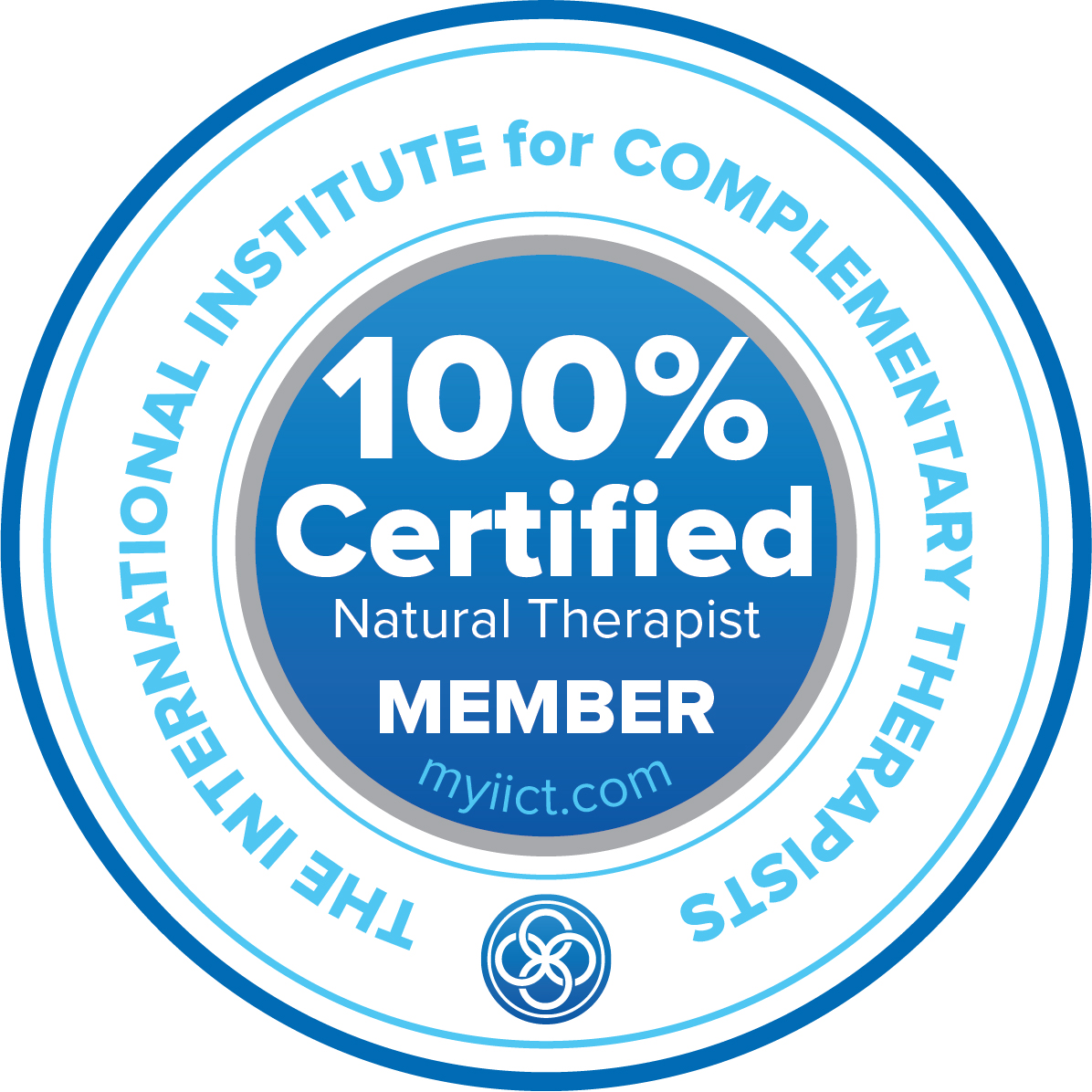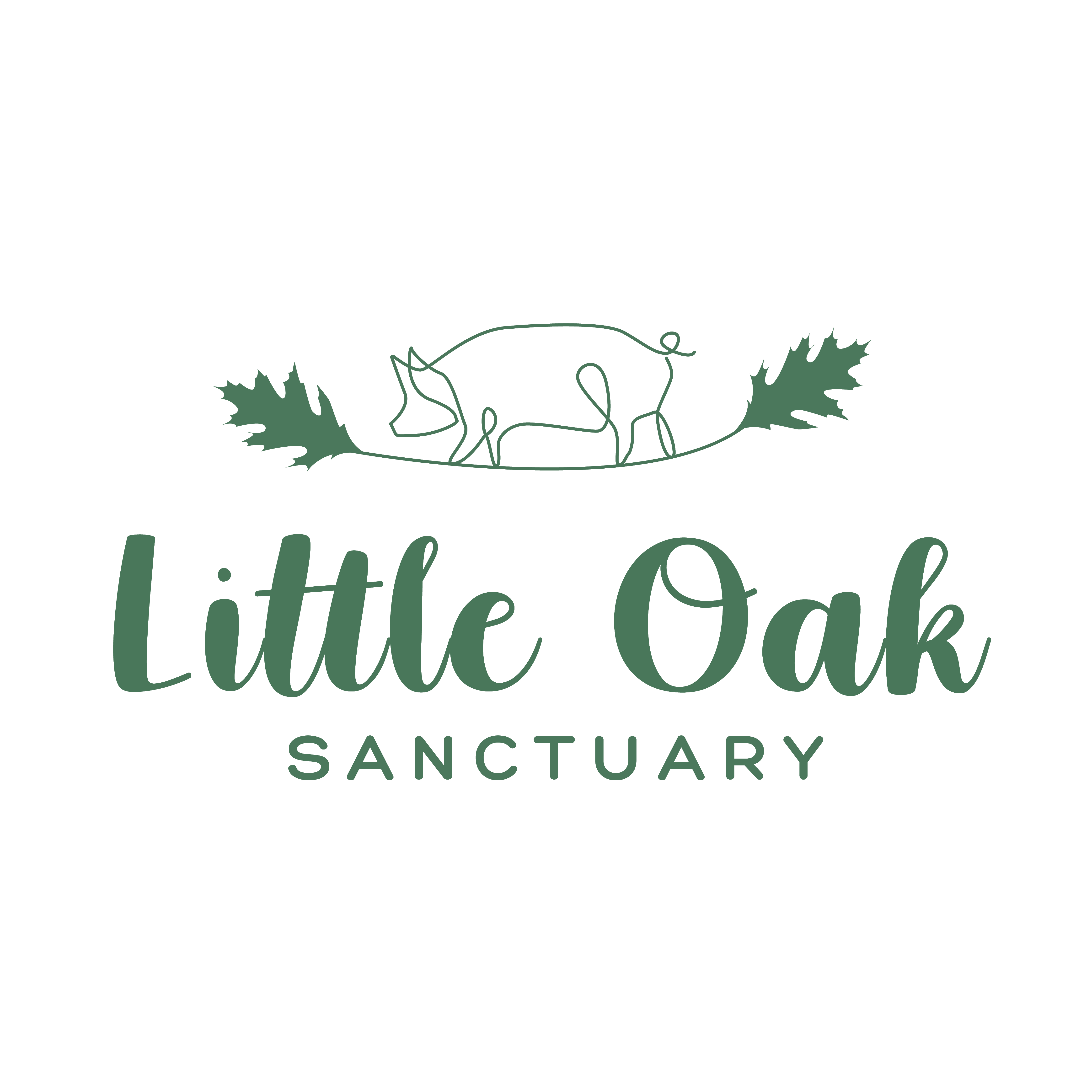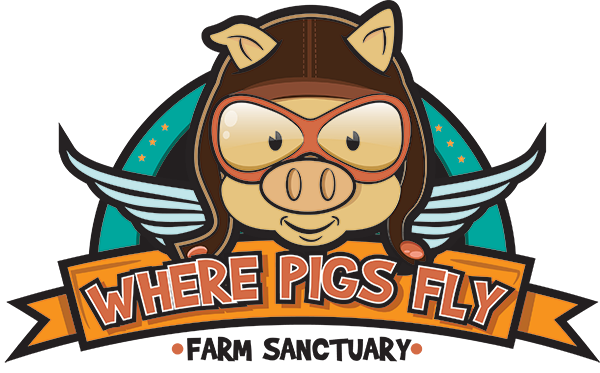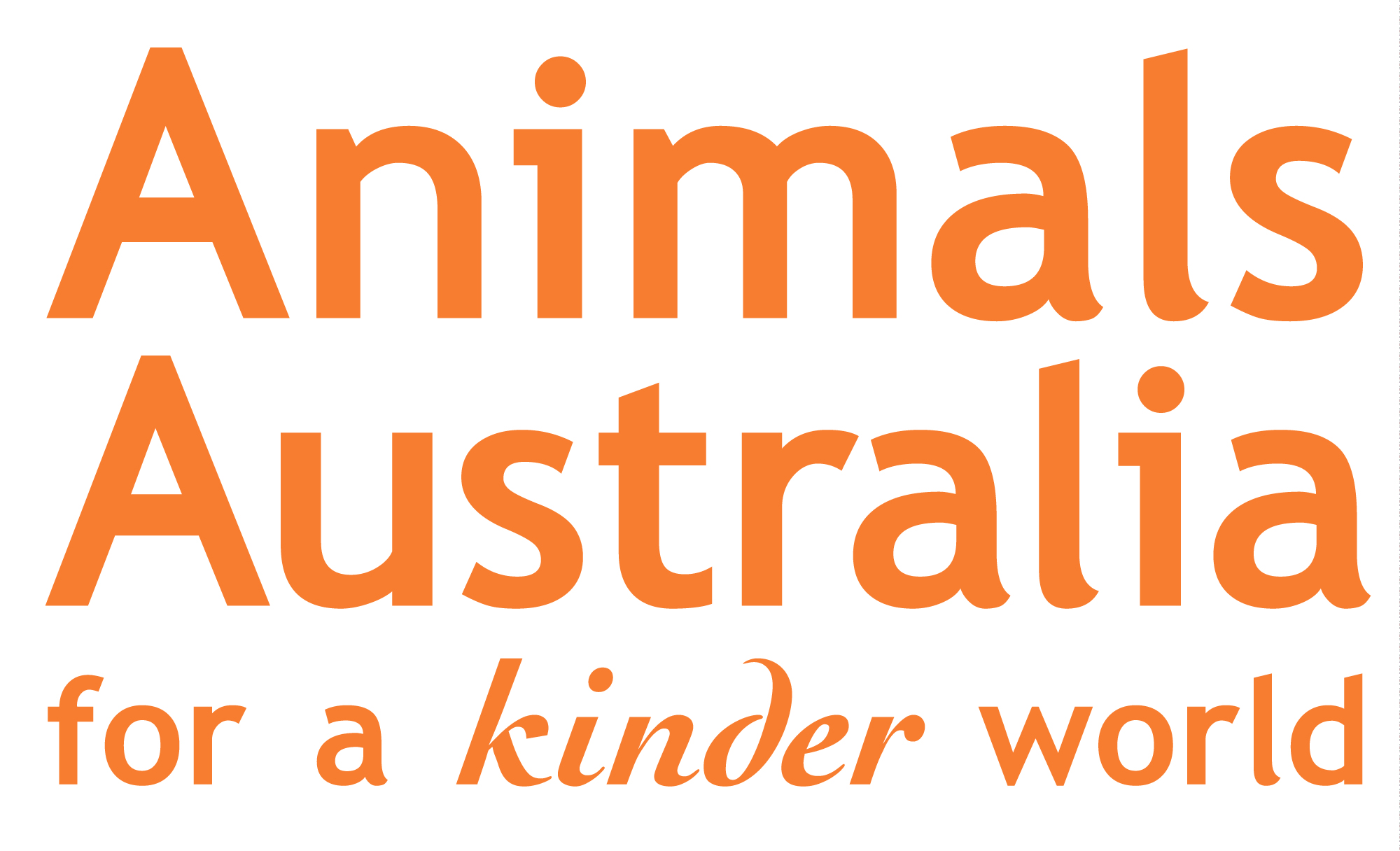For your chance to win a free consultation, sign up for updates here. There's a winner each month :)
Decision Fatigue as the Enemy

Photo of Uluru taken last month, January 2023
February 2023
Time Zones
Last month I visited Alice Springs, where the time zone is different from where I live. At first, I found myself unable to decide whether to update my watch to match Australian Central Standard Time (ACST), or to keep it at Australian Eastern Daylight Time (AEDT). My intuition had nothing to say on the topic – possibly because the decision was trivial and it really didn’t matter either way.
A friend told me that when he went to see Sir David Attenborough in Sydney several years ago, the audience had an opportunity to ask questions. Famous for his nature documentaries, a question was asked by an audience member about how Sir Attenborough was able to adjust to various locations and time zones as required for his work. How did he cope with all that travel? He responded that after landing in a particular country, he would choose not to even think about what time it might be where he’d just come from. He didn’t have any tips about how to manage jet lag. For him, it was more about mindset. By the time his head would hit the pillow on the night of arrival, he’d be psychologically attuned to the time zone he was in. I thought of that when I was in Alice Springs. Wouldn’t it make sense to follow his example? He’s a pro after all.
But then, if my watch continued to display Australian Eastern Daylight Time, then I could eat and sleep and wake up on a schedule that would be similar enough to back home, so it would be an easier adjustment when I returned. It was only a 1.5-hour time difference after all.
It took me three days to make a decision. Eventually I saw that decision fatigue was the enemy, not the potential to make a wrong choice.
Decision Fatigue
It was the psychologist Roy Baumeister who first referred to decision fatigue. Decision fatigue is the mental and/or emotional strain that results from trying to make a choice from however many options may be available, and it can lead to delayed sub-optimal decisions as a result.
Generally, my go-to question whenever faced with a choice (large or small) is to ask what my intuition says about it. Often that works but sometimes it doesn’t.
Intuition can be a blessing when it comes to making decisions because if it’s clear enough, I trust that the outcome of following it will be better than if I do something else. That’s been my experience, so it makes decision-making very simple in that regard.
However, reliance on intuition can be inefficient at times when it seems elusive or too soft to hear. For someone who relies on intuition a lot, it can be uncomfortable to make a choice in the absence of it.
In 2016 I wrote about my one question and what could be done if intuition doesn’t come to the rescue. I suggested using follow-up questions to get more in touch with how we feel if we ever get stuck, such as: “Does this make me feel open or closed?” or “Does this make me feel heavy or light?” Recently, I also went into more detail about following light when facing decision dilemmas.
But the reality is that follow-up questions and the intention to follow light won’t always succeed in bringing clarity. This might be caused by being too preoccupied with our thoughts, too out of touch with what we want, too influenced by someone else’s advice, or trying too hard to learn or copy what others are doing when faced with a similar choice.
It could also be, as was the case in Alice Springs, that the choice isn’t even that important. Your wiser intuitive self might not be coming to the rescue in a particular scenario because it really doesn’t care.
If you look at the most efficient, productive, successful people you know, you’ll probably find that their relatively unimportant decisions are set on autopilot. I knew of a motivational speaker/author who would wake at the same time every morning, read the same paper, and order the same lunch of pasta and salad. His clothes would be set out for the week – the same colour scheme and the same style. He said not having to think about these things allowed him the mental space to make good decisions for the big, important stuff. One of the most efficient IT guys I ever knew always wore black. Coincidence?
There have been many occasions in my life when I became paralysed by too much choice, or by putting too much weight on making the “right” choice.
My new guiding principle in these sorts of situations is to make whatever choice will help to end decision fatigue, and usually that involves taking some sort of action.
Take Action
If you try an
activity and learn that you hate it, now you have clarity that it’s not worth
pursuing. You can drop it and move on. If you order a new type of food and
realise it’s delicious, now you have clarity that you enjoy the taste and can
have more of it in future (I knew someone who was interested in trying Indian
food but reluctant to give it a go in case she didn’t like it. She eventually
took the plunge and agreed it was worth it).
Marie Forleo, the creator of B School and Marie TV, claims to base her life and business on intuition, or “the still small voice within.” However, Marie also teaches that “clarity comes from action, not thought.” In other words, it’s by taking action and actually doing something that will bring clarity on what’s right for you and what to do next.
Yes, consult your intuition. But if the still small voice within you is a little too small and quiet for you to hear on a particular issue, take action. You’ll get the clarity you seek.
Here are some minor examples of when the best course of action is to take some sort of action, in order to stop decision fatigue:
- It’s 4am and you’re thirsty, but it’s more comfortable to stay in bed than go to the kitchen. If you stay in bed you’re going to keep thinking about water. To end decision fatigue, go get a glass of water.
- Your bladder is full but you’re in the middle of a work task. You could hold on longer. But you’re going to keep thinking about it until your bladder is relieved. To end decision fatigue, just go to the bathroom.
- Your phone is old, several apps aren’t working properly, the battery doesn’t last very long before needing to be recharged, and you’ve been told that it’s at risk of being hacked because the security isn’t up to date. But it can make and receive calls, and isn’t that all you need from a phone? Then again, it’s not operating optimally. Then again, maybe a new battery will be sufficient rather than having to get rid of the whole thing. Then again, this is hurting your brain. To end decision fatigue, it’s probably best to replace your old phone (this is what I did this last year, after my almost-10-year-old phone was hacked).
The approach of taking action straight away to end decision fatigue isn’t necessarily recommended for big decisions like whether or not to move overseas, sign up for major surgery, have a child, or quit a long course of study. We don’t want to be too gung-ho about those types of choices if we’re not sure, because there are significant consequences involved.
At the same time, we don’t want to lose ourselves in decision fatigue for serious decisions either. In her book Too Good to Leave, Too Bad to Stay, author Mira Kirshenbaum points to long-term ambivalence as potentially more of a problem than making a decision about a relationship. In her research and work as a therapist, Kirshenbaum came to believe that staying in ambivalence is the worst outcome. It means that you won’t commit to staying and working on improving the relationship, nor will you leave and make a fresh start.
Whether the decision is small or weighty, here are some steps that can lead to clarity and away from decision fatigue:
1) First, consult your intuition. Which decision is your intuitive guidance nudging you towards?
2) If there’s no clear answer after taking step 1, consider each of the options that are available, one-by-one. For each option, notice what happens in your body as you hold the possibility of it in your mind. Do you feel happy or sad? Strong or weak? Flowing or stuck? Light or heavy? Open or closed?
3) In the absence of clarity following step 2, take action to gain more clarity. Decide to decide something, so you don’t fall into decision fatigue.
You can course correct if your decision seems to lead you off track. You can rejoice if your decision turns out well. In fact, you can rejoice in both scenarios, because either way it will have led to more clarity.
Uluru
When I realised that the only way to end decision fatigue in Alice Springs was to take action, I changed the time on my watch. It didn’t cross my mind again until I arrived home.
In hindsight, there was also decision fatigue around visiting Uluru, one of the most famous landmarks in Australia. Not as close to the town of Alice Springs as many believe, it turned out that the drive would take approximately 10 hours to get there and back to where I was staying. The sensible choice was not to go. But the thought of seeing it kept popping up. Wouldn’t it be a shame to travel to the Northern Territory, only to miss seeing this ancient monolith that it’s most well-known for?
To end decision fatigue, the decision was made to go. It turned out to be the most memorable part of the trip.
When I got back to my accommodation, my watch said 1.35am – so much better than if it had read 3.03am, the local time at home.
February Consultation
If you’re currently facing decision fatigue, not sure what action to take, and would like some assistance, you can bring your question to our group intuitive consultation for this month. Just send me a message at least one week before the call, which is set for Saturday 25th February at 11am AEDT (Friday 24th February at 4pm Pacific Time).
Click here to receive new articles by email
<-- Previous article Next article -->






